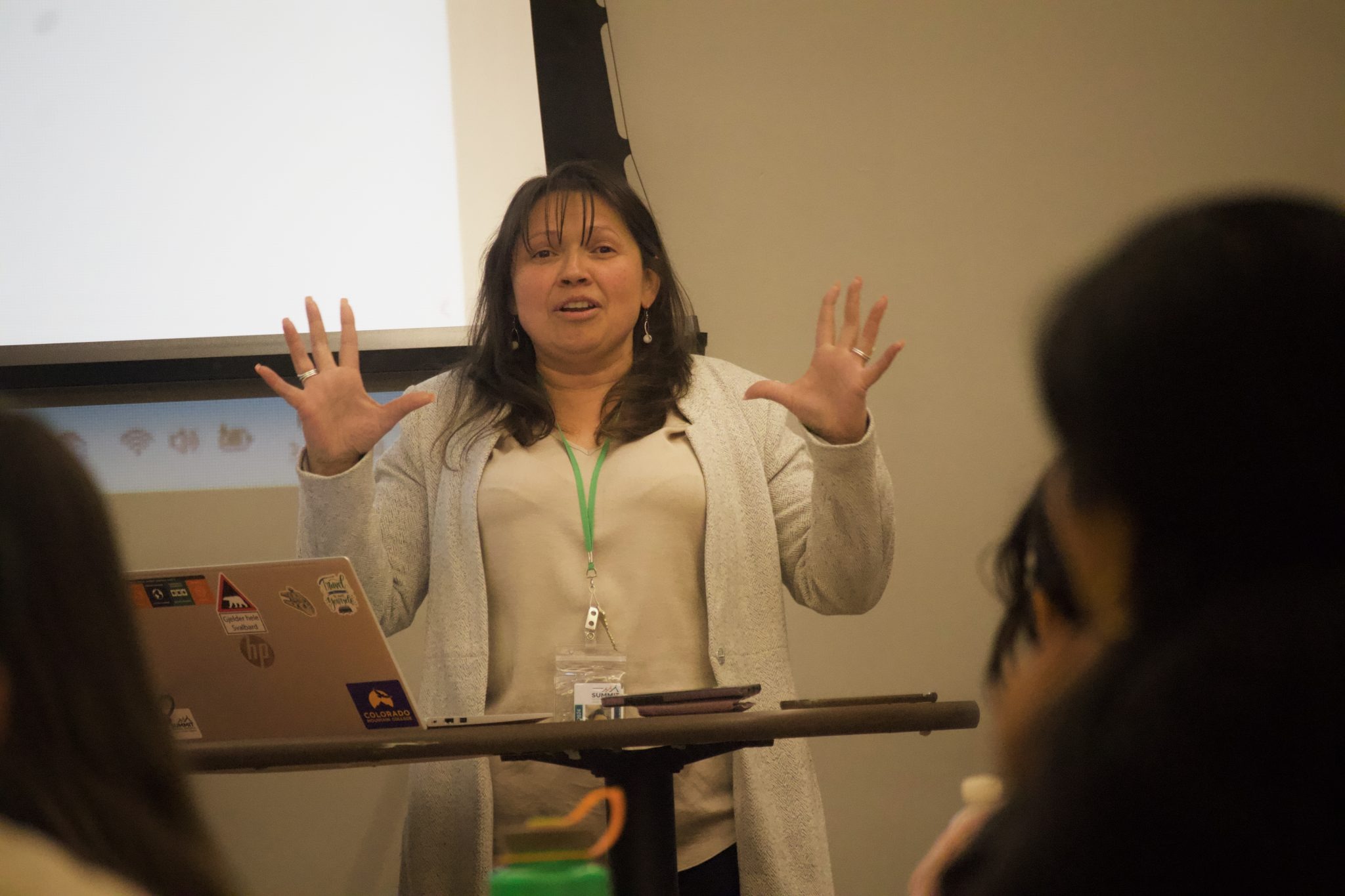1 year later, Summit School District group for Spanish-speaking parents continues to push for change

When Summit School District officials launched an advisory group for Spanish-speaking parents last winter, they did so with the goal of elevating voices from a historically underserved community.
Now, after more than a year of routine meetings, officials said they feel the group has made genuine inroads. But for parents like Yolot Arellano, having a platform for Hispanic parents is just half the battle.
“We’ve been heard, but we still need to see more results,” said Arellano, a member of the parent group who feels her two children, one in second-grade and the other in sixth, are struggling academically.
Speaking through an interpreter, Arellano added, “As far as my kids are concerned, I don’t feel they are at the level that they are supposed to be.”
Such concerns aren’t new for the school district, where the student population hovers around 40% Hispanic with 20% to 25% who speak Spanish as a first language. But what has changed is the support Spanish-speaking parents have in bringing their stories forward, officials said.
For Milena Quiros, a parent who also works in the district’s equity committee, she sees that progress every time she helps lead a meeting for the Spanish-speaking advisory group.
Dubbed Consejo de Familias Hispanas, which translates to Council of Hispanic Families, the group can see anywhere between one and two dozen Spanish-speaking parents at its monthly meetings with district officials.
Agenda topics can range from discussions around academics to school safety and mental health. But at its core, the meetings, which usually begin with dinner and introductions, serve as an opportunity for families to build trust and relationships with district staff.
“They feel more confident to share their personal stories and advocate for other families that are not in the room,” Quiros said. “That’s the purpose — we want to bring a safe space for our families. And I feel, as a part of that, we have accomplished that.”
Interpretation and translation services help ensure parents can converse with staff members in Spanish across a usually two-hour-long period. Staff attendees include district administrators, board of education members and Superintendent Tony Byrd.
Despite discussing difficult issues at times, Byrd said the meetings have “a level of respect and trust that have led to people feeling that it’s okay to say what they like to say.”
He added, “I find the room incredibly respectful, which is a beautiful thing.”
While the group represents just one avenue for district feedback, it has helped shape recent policy decisions aimed at Spanish speakers. That includes making the district’s website compatible with Spanish translation and pivoting communication from more traditional forms like email to text messages and apps like WhatsApp.
Communication remains a top concern for many Spanish-speaking families, with several parents appearing before the board of education in late January to ask for expanded interpretation and translation services in their childrens’ schools. During that meeting, parents recounted issues accessing Spanish services, leading to communication breakdowns and, in some cases, the inability to communicate entirely.
According to Director of Communications Kerstin Anderson, the district currently employs seven translators and interpreters. That includes a districtwide interpreter based out of the central office, an on-call interpreter and five family liaisons who service the district’s nine schools.
Because liaisons must split their time between various schools, some buildings don’t always have on-the-ground language support available for parents when they walk in the door.
Byrd said this issue has been flagged by parents as a high priority, adding, “You need someone when you walk in the front door to reach (out to) you in Spanish, make you feel welcome, make it feel like this is a place for you too.
“And some of our schools are more set up to do that than others,” he said.
In response to parents’ comments, Byrd said school board members “have told me directly how much they appreciated hearing directly from the Spanish-speaking families about the need” for more interpretation and translation services.
“And they’ve said to me they hope to see that in our budget priorities that they sign off on,” Byrd added.
Along with language services for parents, there is also a need for more bilingual staffing particularly among teachers, said Arellano, the parent who’s part of the Spanish-speaking advisory group.
“I feel like, sometimes in schools, our kids aren’t always heard,” Arellano said. “For a lot of kids, this is an obstacle.”
Still, Arellano said she feels the district “makes every effort to listen to us, to support us when needed” even if change is sometimes slow.
That was the case this school year when the district rolled out a dyslexia screening for certain students that Arellano was able to enroll her second-grader in. A longtime ask of Arellano’s, she hopes it will be another tool to help ensure her child has the best academic outcome possible.
It’s for those reasons that Arellano said she’ll continue to be a part of Consejo de Familias Hispanas, a group she hopes to see grow to other Spanish-speaking parents who can bring more perspectives and ideas.
“Every time I come here, I come with the biggest optimism,” Arellano said, “because that’s the way we can help our kids. By doing this tomorrow, we’re definitely going to be better than where we are today.”
Published on SummitDaily.com.
